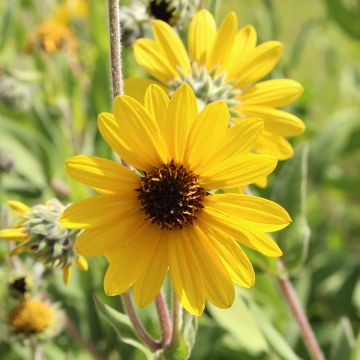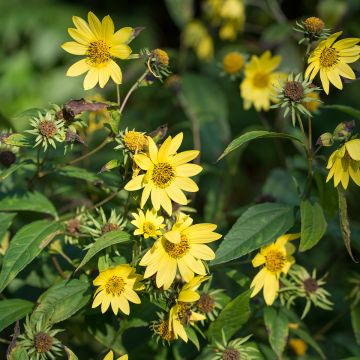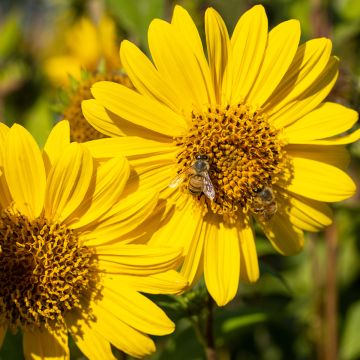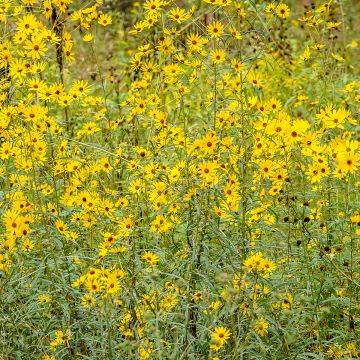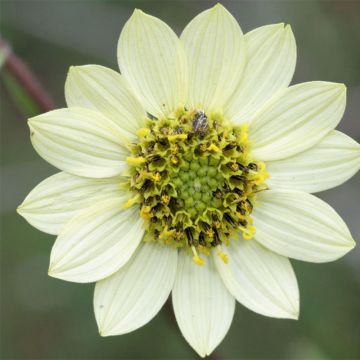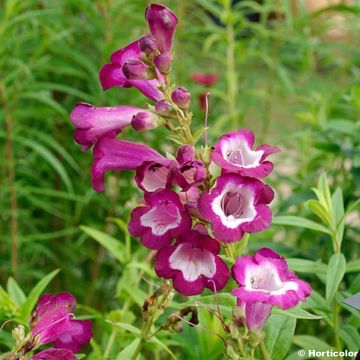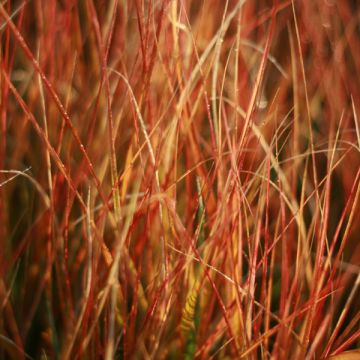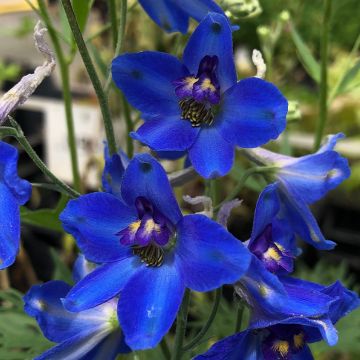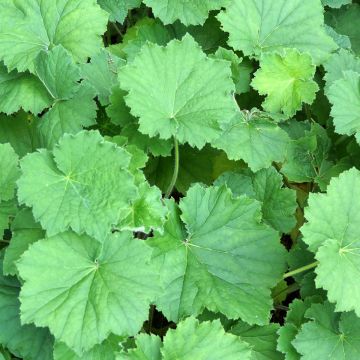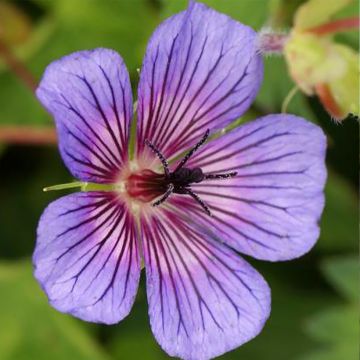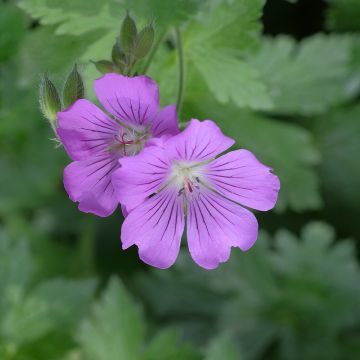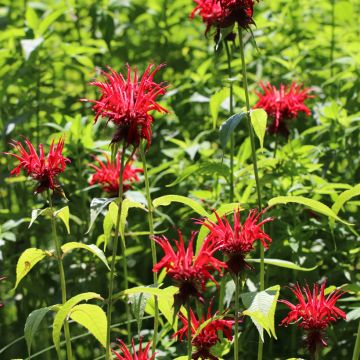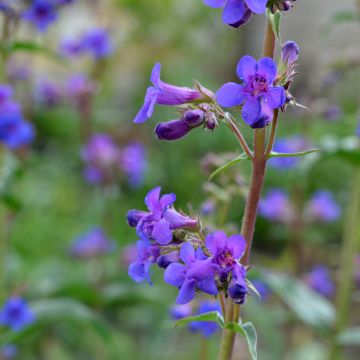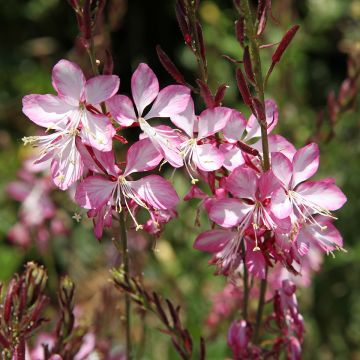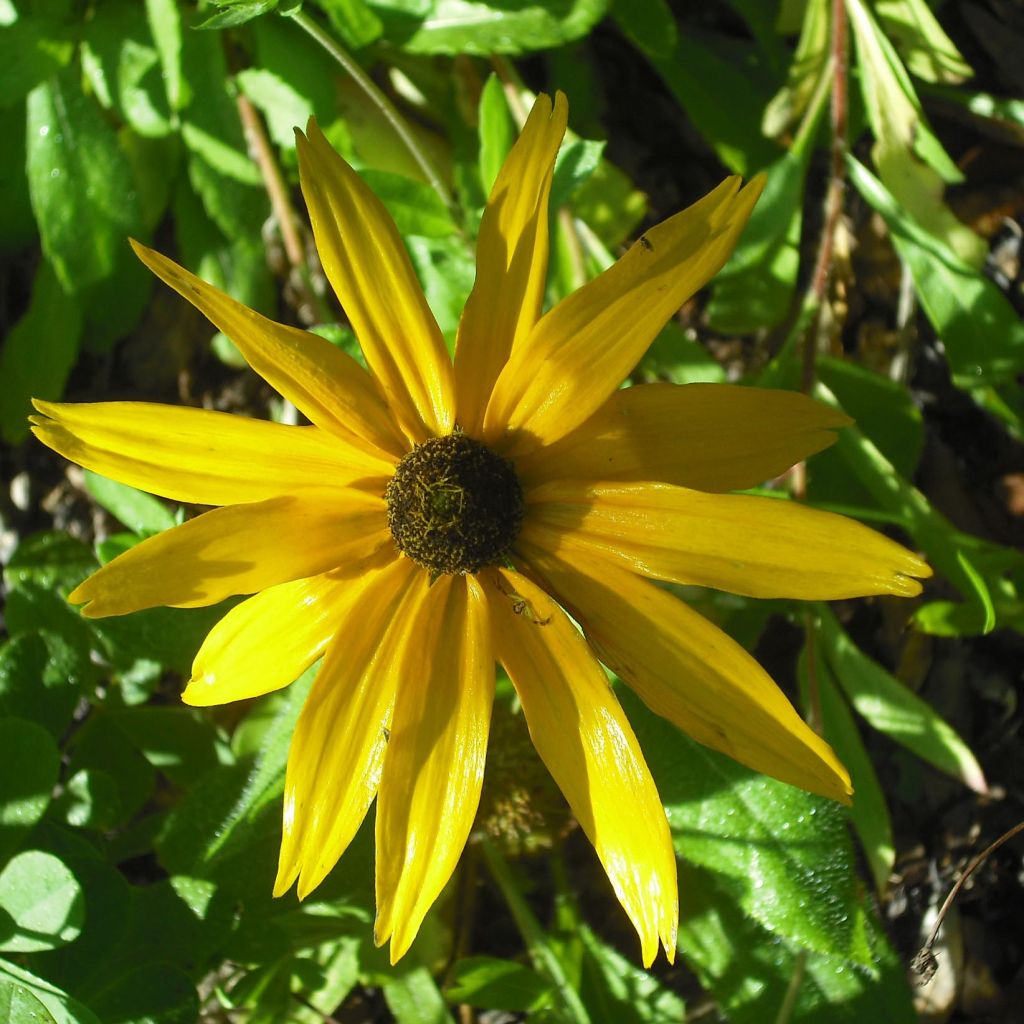

Helianthus salicifolius Table Mountain - Soleil vivace à feuilles de saule
Helianthus salicifolius Table Mountain
Helianthus salicifolius Table Mountain
Willowleaf Sunflower, Column Flower
This item cannot be shipped to the selected country
Delivery charge from €5.90
Delivery to Corse prohibited
More information
Schedule delivery date,
and select date in basket
This plant carries a 12 months recovery warranty
More information
We guarantee the quality of our plants for a full growing cycle, and will replace at our expense any plant that fails to recover under normal climatic and planting conditions.
From €5.90 for pickup delivery and €6.90 for home delivery
Express home delivery from €8.90.
Delivery to Corse prohibited: UE law prohibits the import of this plant from mainland France to Corse as part of the fight against Xylella fastidiosa. Please accept our sincere apologies.
More information
Does this plant fit my garden?
Set up your Plantfit profile →
Description
Helianthus salicifolius 'Table Mountain' is a dwarf and bushy variety of the Willow-leaved Sunflower. This perennial offers a very original flowering, arranged in a short stem of bulb above its beautiful dark green and shiny foliage. It blooms in small golden yellow daisies, with a darker centre in late summer and autumn. This little sunflower will bring a lot of cheerfulness to meadows and the flower mass of asters at the end of the season. Perennial sunflowers have a bad reputation due to the wild species that were once offered and tended to invade the entire garden because of their long trailing rhizomes. The plants we offer are not or hardly invasive. For any ordinary soil, even clayey, not too dry, in full sun of course.
Helianthus salicifolius 'Table Mountain', also called Willow-leaved Sunflower, belongs to the Asteraceae (Compound) family. The genus Helianthus includes one of the most important oil plants in the world, the sunflower from which oil is extracted. This perennial sunflower with small leaves comes from a tall perennial native to the meadows of North America. 'Table Mountain' forms a bushy and ramified clump, about 35 to 40cm (14 to 16in) high, with a base spread of 60cm (24in). The whole forms a dense bouquet of solid, rough, and ramified stems. The flowering takes place from August-September to October, sometimes until the first frosts, and is very melliferous. The flowers appear at the top of the stems, in large numbers, grouped in flat umbels. They resemble small, perfectly round, semi-double daisies, 4cm (2in) in diameter, with an intense golden yellow colour and a brown centre. The leaves, deciduous, dark green, very shiny, lanceolate, measure 8cm (3in) long. They are distributed up to the top of the stems. This plant develops from a slightly invasive rhizomatous stump, bearing whitish fibrous roots.
The great interest of perennial sunflowers is their late flowering and excellent adaptation to heavy, clayey, humid, and even limestone soils. Helianthus salicifolius 'Table Mountain' is an excellent non-invasive, compact perennial with good longevity. Vigorous, it is perfect for tall borders and flower beds or massifs. It is a variety with a countryside look and, as such, it will blend well in slightly wild areas of the garden, alongside Cosmos, sainfoin, perennial sweet peas, tall Scabious, Gaillardia, Japanese anemone, pendulous Carex. Another idea for association, with equally easy plants: Vernonia noveboracensis, Symphyotrichum laeve var. 'Bluebird', Eupatorium fistulosum, Symphyotrichum georgianum, Andropogon virginicus, Muhlenbergia capillaris.
Report an error about the product description
Helianthus salicifolius Table Mountain in pictures
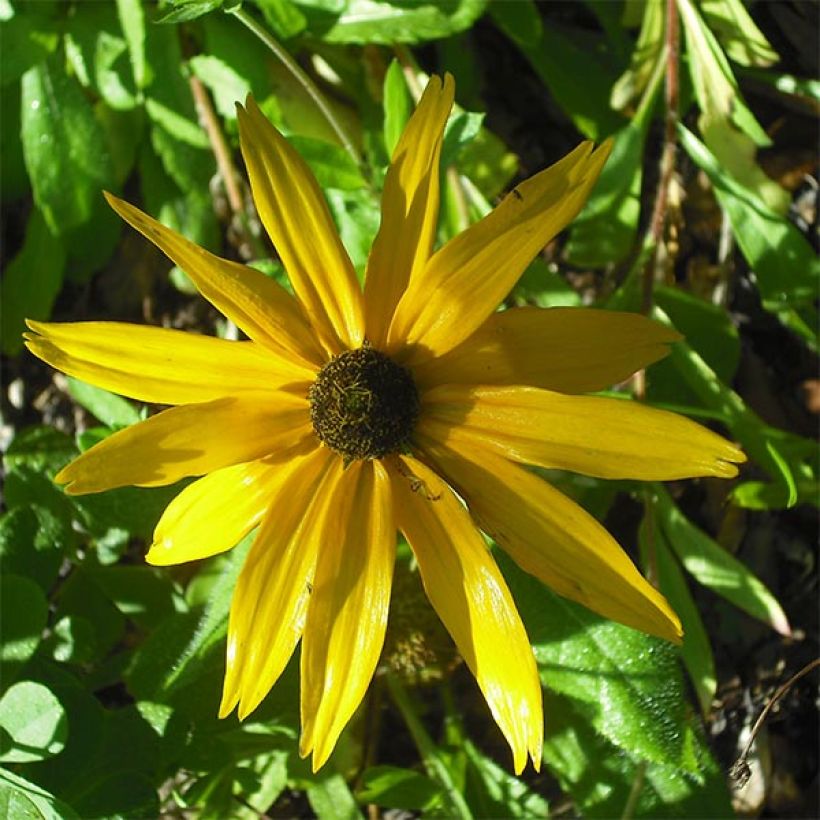

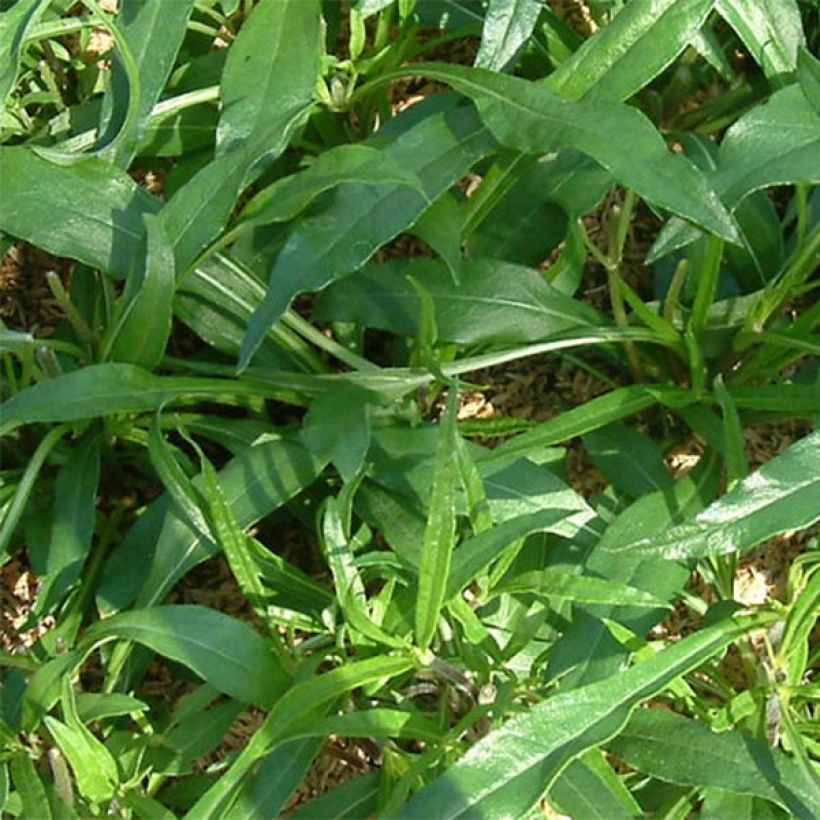

Flowering
Foliage
Plant habit
Botanical data
Helianthus
salicifolius
Table Mountain
Asteraceae
Willowleaf Sunflower, Column Flower
North America
Other Helianthus
Planting and care
Plant Helianthus salicifolius 'Table Mountain' in ordinary soil, even clayey or limestone, but fertile. This perennial tolerates heavy or poor soils, as long as they remain slightly moist in summer. Plant in a sunny location, sheltered from strong winds that could flatten the clump, although it is sturdy. The plant does not need to be staked. It does not self-seed in the garden, as it is a sterile hybrid. Its seeds will feed the birds. Cut back the clump after flowering or in late winter to maintain a compact habit.
Planting period
Intended location
Care
This item has not been reviewed yet - be the first to leave a review about it.
Fast maturing perennials
Haven't found what you were looking for?
Hardiness is the lowest winter temperature a plant can endure without suffering serious damage or even dying. However, hardiness is affected by location (a sheltered area, such as a patio), protection (winter cover) and soil type (hardiness is improved by well-drained soil).

Photo Sharing Terms & Conditions
In order to encourage gardeners to interact and share their experiences, Promesse de fleurs offers various media enabling content to be uploaded onto its Site - in particular via the ‘Photo sharing’ module.
The User agrees to refrain from:
- Posting any content that is illegal, prejudicial, insulting, racist, inciteful to hatred, revisionist, contrary to public decency, that infringes on privacy or on the privacy rights of third parties, in particular the publicity rights of persons and goods, intellectual property rights, or the right to privacy.
- Submitting content on behalf of a third party;
- Impersonate the identity of a third party and/or publish any personal information about a third party;
In general, the User undertakes to refrain from any unethical behaviour.
All Content (in particular text, comments, files, images, photos, videos, creative works, etc.), which may be subject to property or intellectual property rights, image or other private rights, shall remain the property of the User, subject to the limited rights granted by the terms of the licence granted by Promesse de fleurs as stated below. Users are at liberty to publish or not to publish such Content on the Site, notably via the ‘Photo Sharing’ facility, and accept that this Content shall be made public and freely accessible, notably on the Internet.
Users further acknowledge, undertake to have ,and guarantee that they hold all necessary rights and permissions to publish such material on the Site, in particular with regard to the legislation in force pertaining to any privacy, property, intellectual property, image, or contractual rights, or rights of any other nature. By publishing such Content on the Site, Users acknowledge accepting full liability as publishers of the Content within the meaning of the law, and grant Promesse de fleurs, free of charge, an inclusive, worldwide licence for the said Content for the entire duration of its publication, including all reproduction, representation, up/downloading, displaying, performing, transmission, and storage rights.
Users also grant permission for their name to be linked to the Content and accept that this link may not always be made available.
By engaging in posting material, Users consent to their Content becoming automatically accessible on the Internet, in particular on other sites and/or blogs and/or web pages of the Promesse de fleurs site, including in particular social pages and the Promesse de fleurs catalogue.
Users may secure the removal of entrusted content free of charge by issuing a simple request via our contact form.
The flowering period indicated on our website applies to countries and regions located in USDA zone 8 (France, the United Kingdom, Ireland, the Netherlands, etc.)
It will vary according to where you live:
- In zones 9 to 10 (Italy, Spain, Greece, etc.), flowering will occur about 2 to 4 weeks earlier.
- In zones 6 to 7 (Germany, Poland, Slovenia, and lower mountainous regions), flowering will be delayed by 2 to 3 weeks.
- In zone 5 (Central Europe, Scandinavia), blooming will be delayed by 3 to 5 weeks.
In temperate climates, pruning of spring-flowering shrubs (forsythia, spireas, etc.) should be done just after flowering.
Pruning of summer-flowering shrubs (Indian Lilac, Perovskia, etc.) can be done in winter or spring.
In cold regions as well as with frost-sensitive plants, avoid pruning too early when severe frosts may still occur.
The planting period indicated on our website applies to countries and regions located in USDA zone 8 (France, United Kingdom, Ireland, Netherlands).
It will vary according to where you live:
- In Mediterranean zones (Marseille, Madrid, Milan, etc.), autumn and winter are the best planting periods.
- In continental zones (Strasbourg, Munich, Vienna, etc.), delay planting by 2 to 3 weeks in spring and bring it forward by 2 to 4 weeks in autumn.
- In mountainous regions (the Alps, Pyrenees, Carpathians, etc.), it is best to plant in late spring (May-June) or late summer (August-September).
The harvesting period indicated on our website applies to countries and regions in USDA zone 8 (France, England, Ireland, the Netherlands).
In colder areas (Scandinavia, Poland, Austria...) fruit and vegetable harvests are likely to be delayed by 3-4 weeks.
In warmer areas (Italy, Spain, Greece, etc.), harvesting will probably take place earlier, depending on weather conditions.
The sowing periods indicated on our website apply to countries and regions within USDA Zone 8 (France, UK, Ireland, Netherlands).
In colder areas (Scandinavia, Poland, Austria...), delay any outdoor sowing by 3-4 weeks, or sow under glass.
In warmer climes (Italy, Spain, Greece, etc.), bring outdoor sowing forward by a few weeks.


































